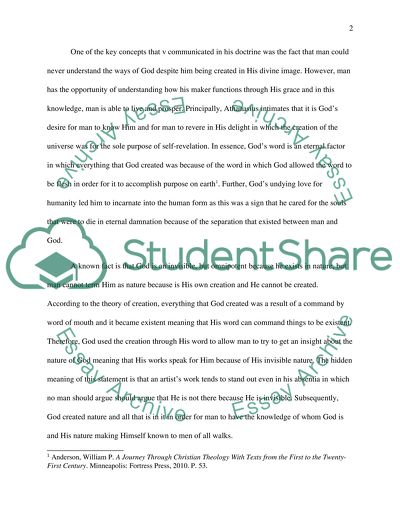Cite this document
(“The Incarnation of the Word, based on the Classic writings of Essay”, n.d.)
Retrieved from https://studentshare.org/religion-and-theology/1497822-the-incarnation-of-the-word-based-on-the-classic
Retrieved from https://studentshare.org/religion-and-theology/1497822-the-incarnation-of-the-word-based-on-the-classic
(The Incarnation of the Word, Based on the Classic Writings of Essay)
https://studentshare.org/religion-and-theology/1497822-the-incarnation-of-the-word-based-on-the-classic.
https://studentshare.org/religion-and-theology/1497822-the-incarnation-of-the-word-based-on-the-classic.
“The Incarnation of the Word, Based on the Classic Writings of Essay”, n.d. https://studentshare.org/religion-and-theology/1497822-the-incarnation-of-the-word-based-on-the-classic.


